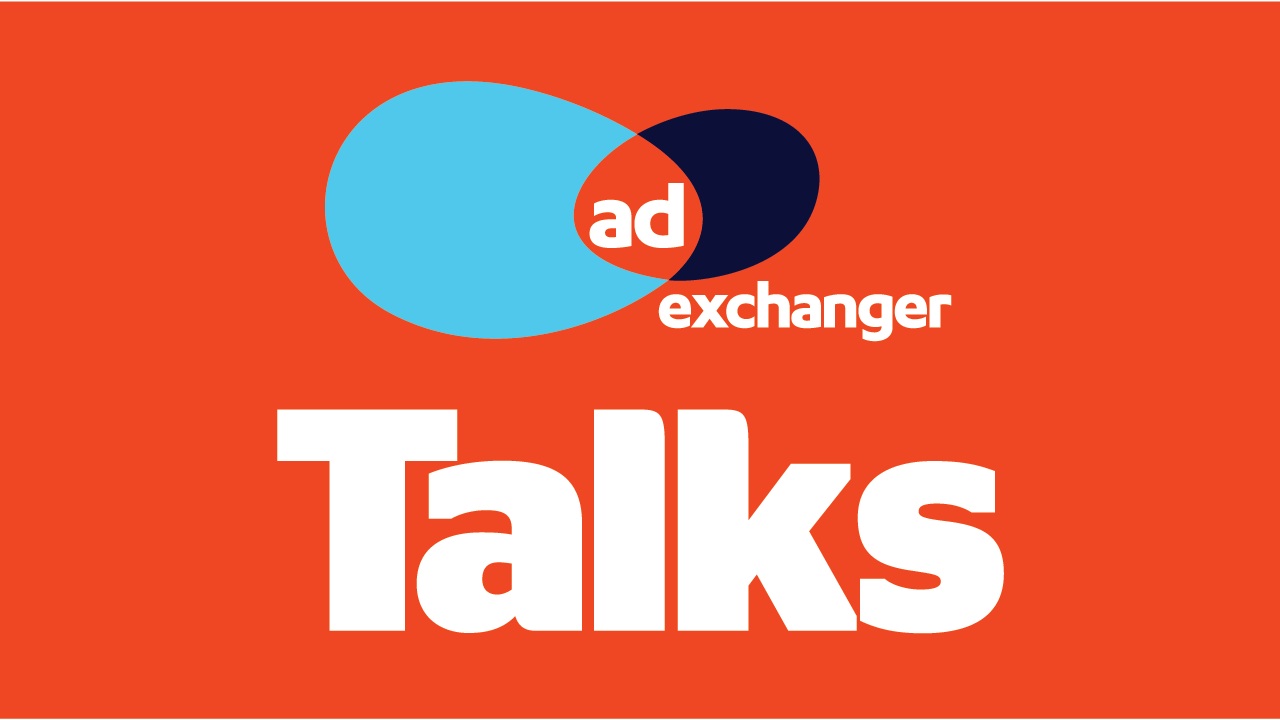
AdExchanger Talks is a podcast focused on data-driven marketing. Subscribe here.
LinkedIn is on track to surpass $2 billion in ad-based revenue during its fiscal 2019 – a remarkable number, given that LinkedIn has kept paid media squarely on the back burner (a policy it shares with parent company Microsoft). Its advertising opportunity is more akin to that of Amazon than to the Google-Facebook duopoly. Which is to say: data-rich and incremental.
Today in the podcast studio, LinkedIn’s VP of marketing solutions, Penry Price, describes how their ad business didn’t really take off until the company embraced a feed-based content interface.
“This was going to be our future, or we weren’t going to have a large future in ads,” Price said of the feed launch.
Before the feed, he said, “You had a cap on revenue [because of inventory scarcity], and it wasn’t going to be a very large business even if it was successful from a yield standpoint.”
The strategy worked, and LinkedIn was able to conjure up gobs of highly visible advertising inventory. It is now looking beyond its largest accounts in tech, services and education to the mid-market. Price says the company’s largest opportunity may lie with smaller, self-serve buyers.
“There are about 70 million companies in the world,” he says. “We are dealing today with a few hundred thousand. We see massive growth opportunities in that scaled self-serve way to make sure those companies can build a digital presence, can be where professionals are, can hire more people, can sell their products and services, whatever they may want to do.”
Also in this episode: LinkedIn’s contract with its users; what happened with Bizo; the account-based marketing boom.
This post was syndicated from Ad Exchanger.


More Stories
Why Privacy Sandbox Testers Are Relieved Google Delayed The Cookie’s Demise
VML launches ‘Conquer the Weekend’ campaign for Ford
The Latest CMA Report Brings New Privacy Concerns to Google’s Cookie Deprecation Plans